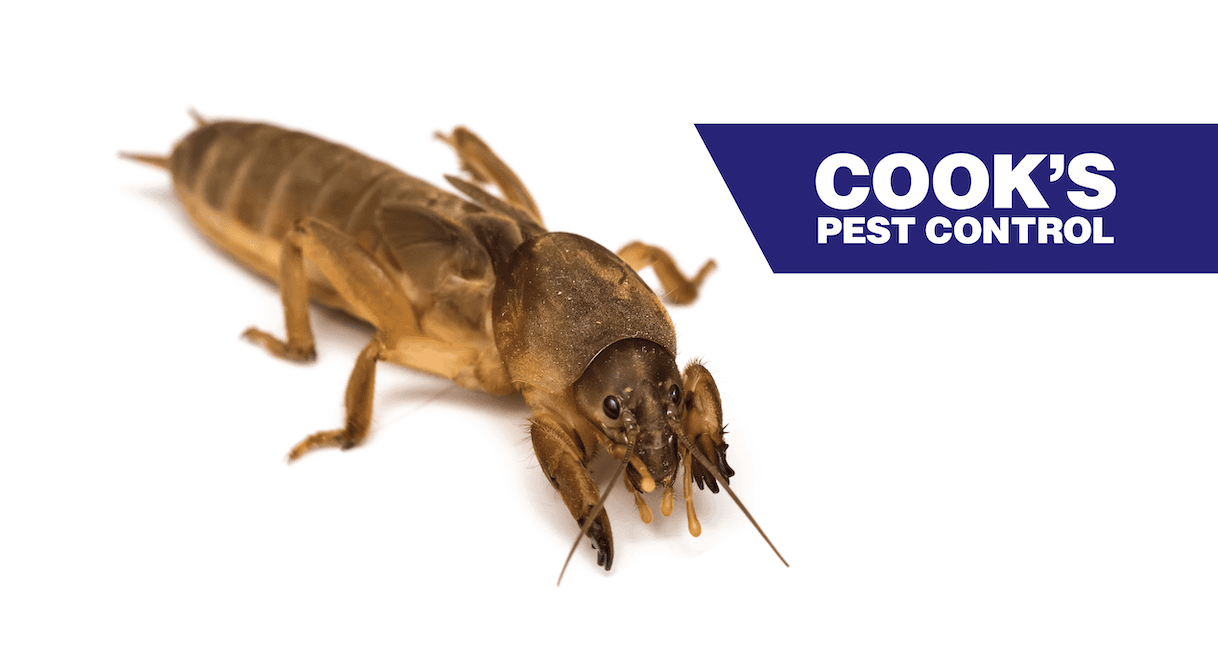Pest Profile: Mole Crickets

Have you ever been to a soccer field or other sports field during the evening and see swarms of large insects crawling around? There could be a number of critters out; however, oftentimes they are mole crickets. These crickets are fascinating and very different looking than what you would expect of a cricket, but unique as they are, they can cause significant plant damage.
Where Did the Mole Cricket Come From?
Mole crickets were originally introduced into the United States in 1900. Since being introduced, they have become widely distributed throughout the U.S. There are three types of mole crickets that are prominent in the southern region: the short-winged mole cricket, the southern mole cricket, and the tawny mole cricket. They are quite similar in appearance and biology. The short-winged mole cricket differs from the others in appearance with its short wings and in behavior since it has no calling song and is incapable of flight.
Mole crickets are different than other species of cricket because they have enlarged forelegs that are used to dig into the soil. They have antennae that are shorter than their bodies, and the females lack a distinct ovipositor. The southern and tawny mole crickets have forewings that extend past their abdomens, and males are known to make mating sounds that are attractive to females. Adults are yellowish to brown in color and have a dark pronotum.
Mole crickets are omnivorous and typically feed on turf and forage grass, but they are also able to feed on a variety of other grass-dominated habitats. They will cause damage to seedlings by feeding aboveground on the foliage and stem tissue and belowground on the roots and tubers. They also cause damage to plants by tunneling underground. By comparison, the southern mole cricket does much more tunneling and injury than the other species of mole crickets. So as unique as these crickets are, they are not a lawn pest that you want around!
By: Kristen Stevens, BCE
